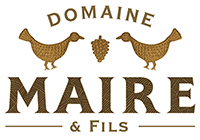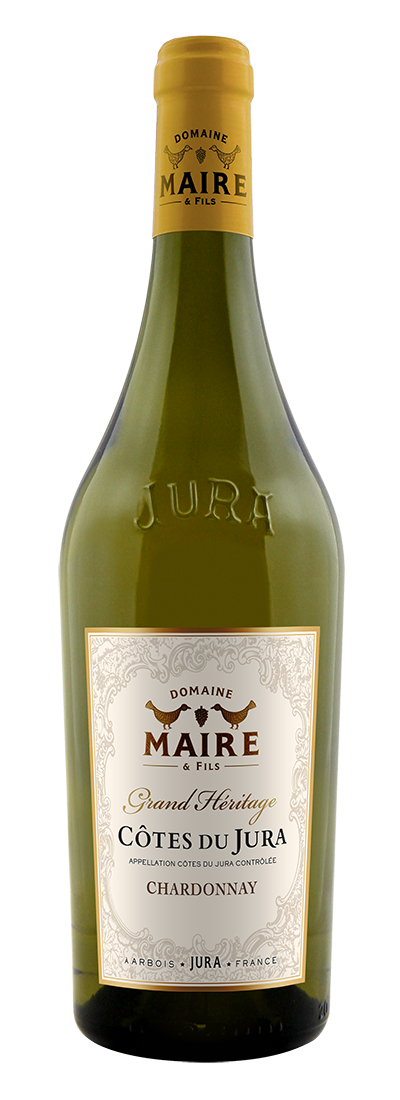CÔTES DU JURA CHARDONNAY 2018

The work in the vines, is based on the respect of the nature and the soil. For young vines, located on steep slopes, to avoid erosion, we cultivate a row out of two, practice soil reassembly to aerate the lands subjected to settlement due to moisture, and grass with plants. Such as clover, which, by competing on the vine, can modulate its mineral and water supply and control its vigor and yield.
The Guyot double size is necessary to better control its performance. The restructuring of the vines contributes to the harmony of our cuvée: the young vines bring the exuberance, the freshness and the acidity. While the older specimens bring the structure and character.
The Chardonnay was then aged in stainless steel tanks, for 8 months to aid the preservation of the wine's minerality and fruit and then blended with a part (around 9%) of Savagnin matured in oak barrel without topping up (the local winemaking technique called “sous voile”, under veil) to bring the typical Jura notes, “patina” style and structure.
2018: An exceptional vintage!
There are vintages that make a mark on a whole region, and the 2018 will no doubt be one of these. Harvesting began on 20 August with the Crémants. They lasted for a month and the weather was perfect and quality exceptional. The grapes were in perfect health and had reached optimum ripeness.
The end of the winter was very cold with intense episodes of frost, which prolonged the dormancy of the vines. Bud-burst was later than usual but there were no spring frosts. The spring was very hot, with rain and frequent storms. There was even some hail, but fortunately, the estate’s vines were spared.
Summer was hot and dry, as it was across France, even on the vine-growing plateaus of the Jura, which are usually cooler.
Conditions were perfect for sunny harvesting. Apart from the Savagnin varietal, which is more sensitive, and suffered a little from the intense heat, the harvest was abundant and very high in quality.

